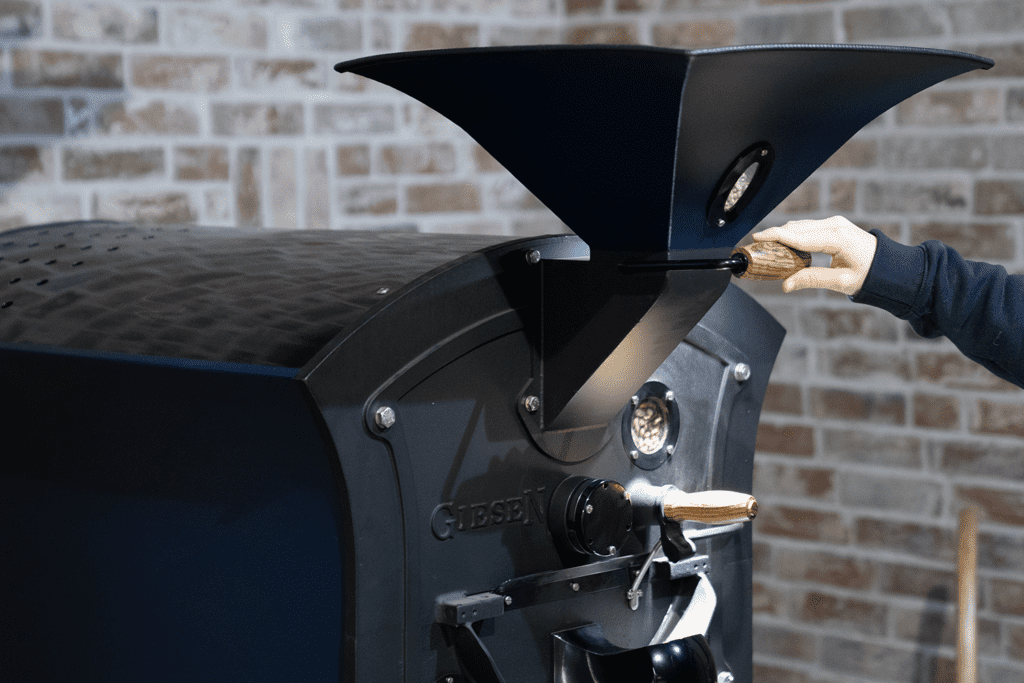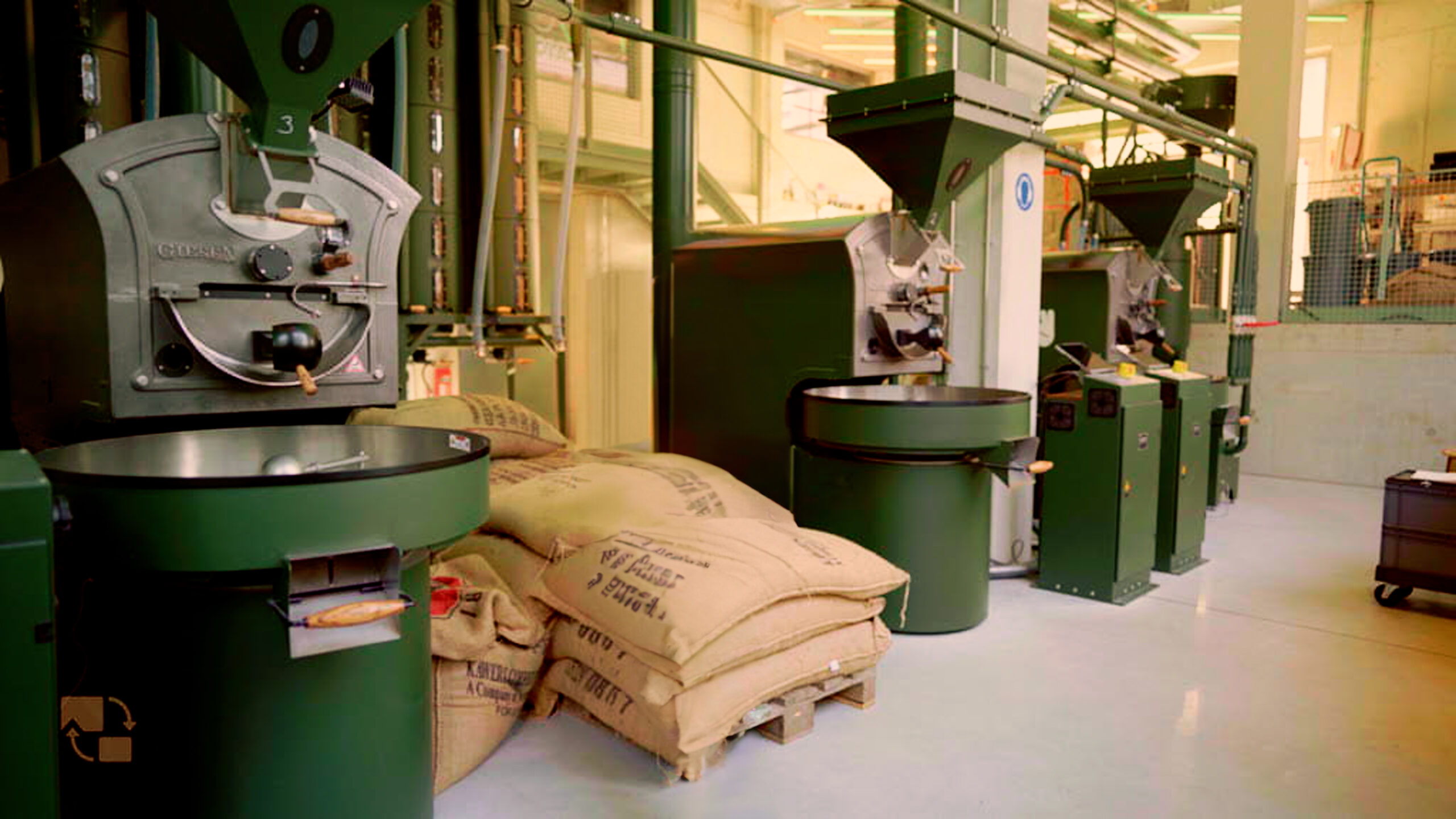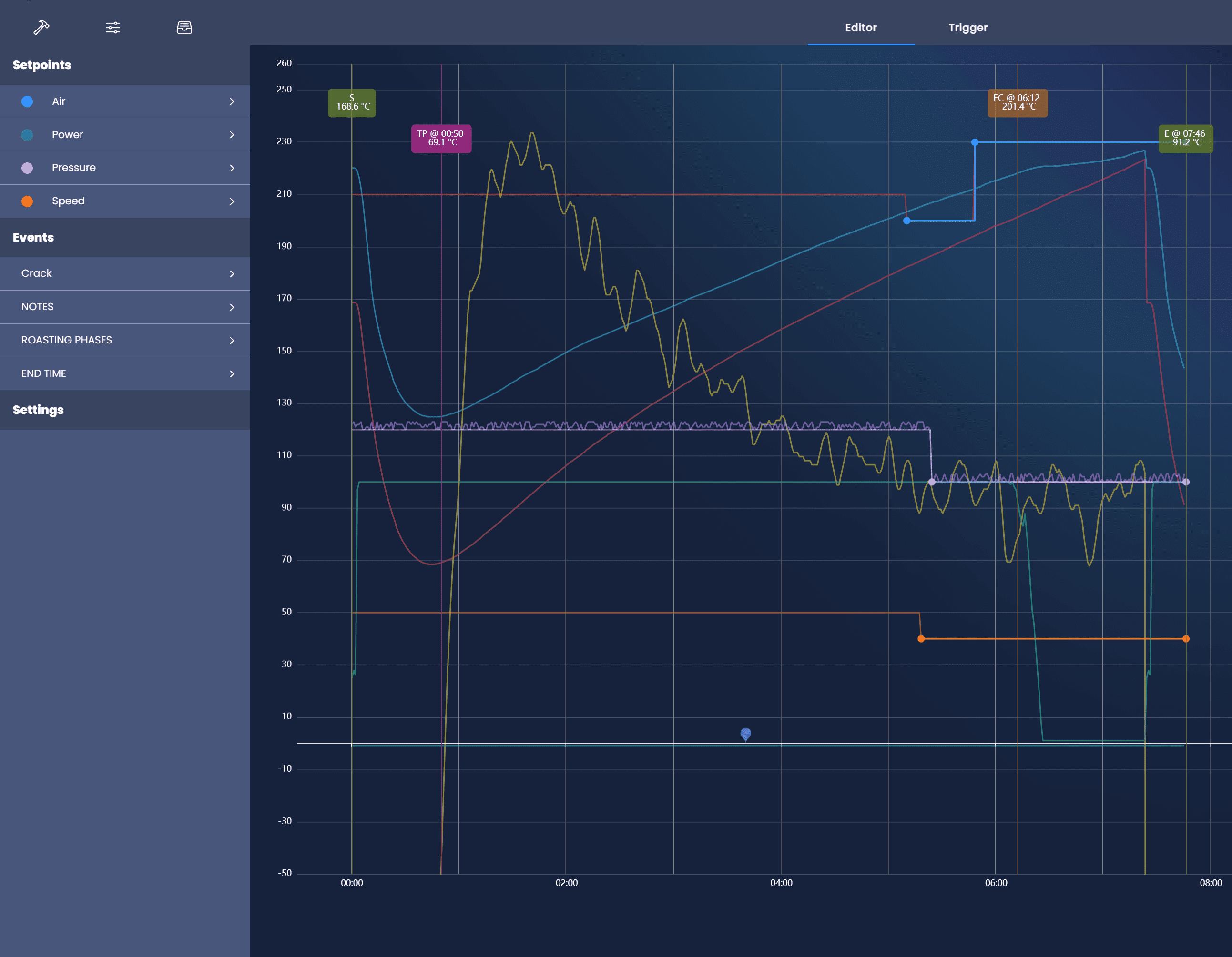A house blend is the signature blend that a coffee business generally uses for all their main coffee drinks. The house blend can set you apart as a business and can help you to differentiate yourself from your competition. A strong house blend can help your competitive position in the market. In this webinar, we are going to focus on how you can create such a house blend, and what the difference can be compared to an espresso blend.
Why would you create a blend? It gives you the opportunity to create a company signature flavor. You can use the unique coffees that you are using and importing, and the main focus is to create new flavors. You want to create something better than the individual coffees can deliver. Also, you can create a blend to get rid of your old crop, and a new blend could be a great purpose to use this coffee. Or lower the cost price of your coffee by inserting some cheaper coffees in your blend. Another important reason can be that you can use blends to maintain a consistent flavor profile year in, and year out.
Strategies when creating blends
There are several strategies you can use. We will explain three strategies that you can use when creating your own blend.
- Harmony blends
This is a blend composed of components that are very suitable to form a balanced flavor profile in the end. A blend that can be consumed and enjoyed at every moment of the day. It can be a blend that doesn’t have very outspoken flavors. The goal is to complementary blend coffee types, with the objective to create a balanced and sweet flavor profile. An example would be an El Salvador natural (refreshing, fruity) + Peru honey (chocolate, sweet) + Sumatra (body) - Tension blends
You have very distinct coffee components that are different and because of that can give very interesting results. A classic example would be the ‘Mocha Java’ blend, which is one of the oldest blend concepts. These blends contain beans from Java and beans from Yemen. The outspoken flavors of these beans can be a great combination but can be hard to find. A different tension blend could be a combination of medium roasted and dark roasted beans. In the case of tension blends, we could say that opposites attract each other. Examples of great combinations are:
– Ethiopia Yergacheffe (washed) + Harar (sundried natural)
– Kenya + Sumatra (citrus + earthy notes)
– Yemen + Java (mocha java) - Single-origin blends
These blends mostly have two components. One of them being a great single-origin coffee, while the other complements the flavors of the first main coffee
Flavors versus fillers
In blending there are two specific types of coffee that can be used. One of them being the flavors; types of coffee that are specifically used for their distinct and unique flavors and give the blend its uniqueness. The other one being the filler; a coffee that most of the time has a lesser quality and lower cost. It is used to fill up your blend.
Tips and tricks
Ready to start your blending experiments? Use these last tips and tricks to get the best results out of your experiments.
- Utilize unique roasting profiles to get the maximum from each blend component
- Roast all of the components separately
- Be precise and document everything
- Involve your employees or create a tasting panel
- Keep it simple!
Let’s blend!
Want to know and see how making a blend works in practice? Then watch Willem’s webinar back to see all the steps exactly.
Check out the other Giesen blog articles and webinar summaries here.





Esta entrada tiene 2 comentarios
Marc, this was a remarkable story! A house blend is the signature brand that distinguishes you from the competition. A house blend is typically a mix of two or three single-origin coffee beans from distinct locations. The specific goal of which is to make a great cup of specialty coffee from the flavors of different coffee beans.
Excellent guide on how to blend the espresso. Just a pro tip! While blending the coffee, go for organic certified coffees. There are cheap and are healthy for your customer.